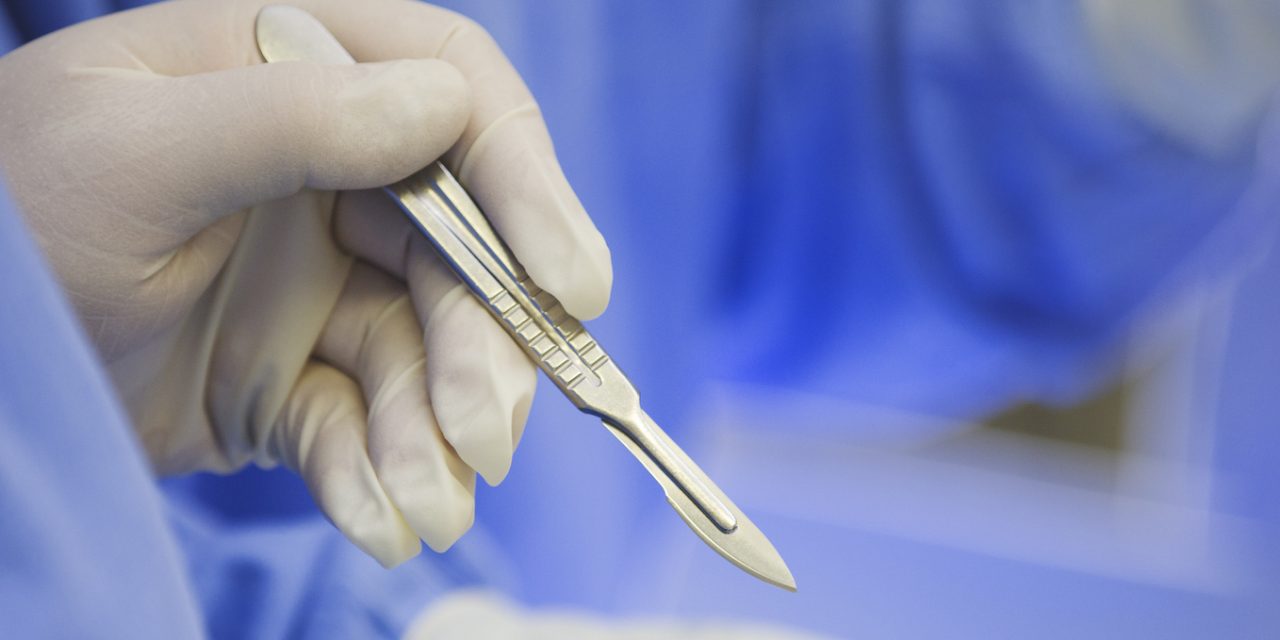This study states that Higher rates were observed in those studies that had used radiographic evaluation as a part of their diagnosis criteria, compared with simple medical record review, which is probably associated with a high risk of underreporting. The PRIMA trial (primary mesh closure of abdominal midline wounds) aimed to evaluate the effectiveness of mesh reinforcement in high-risk patients to prevent incisional hernia.3 It was a multicenter, double-blind, randomized controlled trial. Among the subgroup of 150 patients with abdominal aortic aneurysm and in the case of primary suture of the midline fascia, incisional hernia occurred in 43% of patients (16 of 37). The use of mesh reinforcement reduced this risk to 16% (P < .004). Also, we believe that the rate of incisional hernias is much higher than the 13% noted in the study reported by Deery et al.
Moreover, the retroperitoneal approach through an oblique incision can result in two different complications. It could result in a true hernia but could also result in a bulge, which is a myofascial laxity without defects.4 The incidence of an abdominal bulge has been reported at 10%. No effective surgical treatment is available, and this complication is, therefore, underestimated because the patients will not undergo surgery.
Reference link- https://www.jvascsurg.org/article/S0741-5214(20)32518-0/fulltext


